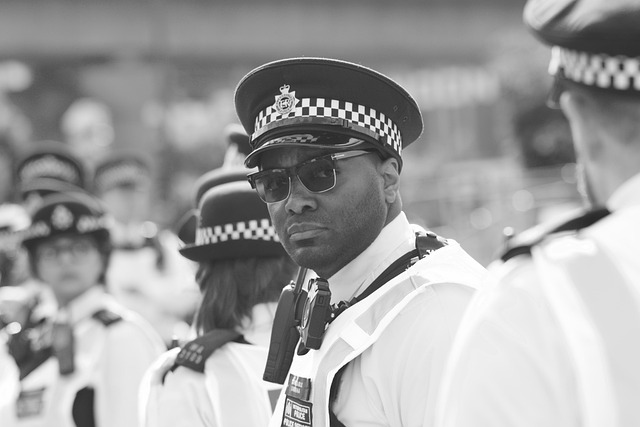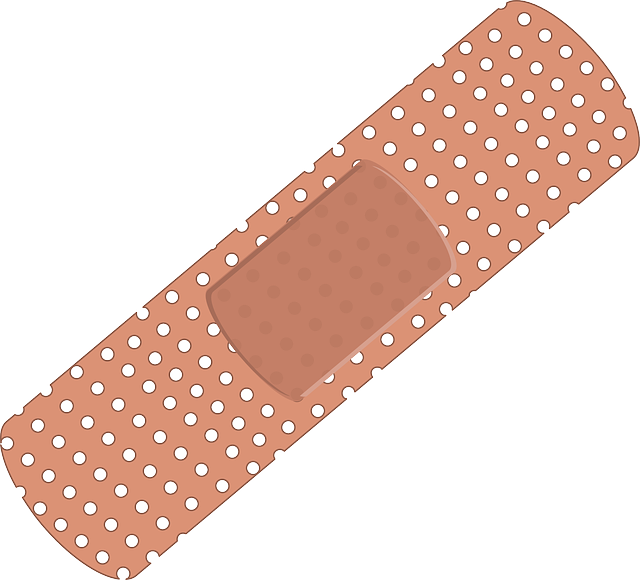Accident liability determination involves understanding the distinction between criminal and civil cases in personal injury scenarios. Criminal law punishes offenders, while civil law focuses on victim compensation for losses like medical expenses and pain and suffering. Victims initiate civil suits to hold accountable individuals or entities responsible through negligence or intentional actions. This process ensures justice and compensates victims, crucial in nursing home neglect, medical malpractice, or caregiver negligence cases. Distinguishing criminal from civil liability is vital for appropriate redress and holding responsible parties accountable.
In the realm of law, understanding the nuances of criminal and civil liability determination is paramount. While both involve accountability for actions, their goals and processes diverge significantly. This article explores these distinctions, focusing on crimes and punishments versus damages, claims, and suits. We delve into how accident scenarios further complicate legal responsibilities, offering insights to navigate these complex landscapes. By understanding these differences, individuals can better comprehend their rights and obligations in various legal contexts, especially in accident liability determination.
- Understanding Criminal Liability: Crimes and Punishments
- Civil Liability: Damages, Claims, and Suits
- Accident Scenarios: Distinguishing Legal Responsibilities
Understanding Criminal Liability: Crimes and Punishments

Criminal liability refers to the legal responsibility of individuals or entities for committing crimes, which are deemed harmful and contrary to public law. In many jurisdictions, criminal cases involve a prosecutor who brings charges against the accused, typically seeking punitive damages and imprisonment as forms of punishment. The determination of criminal liability follows a strict process, focusing on intent, premeditation, and the severity of the offense. When a crime is committed, such as reckless driving leading to an accident causing personal injury, a personal injury attorney may be involved in representing the victim’s interests.
Understanding how criminal and civil liability differ is crucial, especially when considering accident liability determination. While criminal law aims to punish offenders and protect society, civil law focuses on compensating victims for their losses. In cases of negligence or intentional torts resulting from accidents, a business litigation expert might be required to navigate the legal complexities. The client’s recovery depends on proving liability and seeking damages through civil proceedings, distinct from criminal prosecutions.
Civil Liability: Damages, Claims, and Suits

Civil liability within the context of accident liability determination involves a process where individuals or entities are held accountable for damages caused to others through their negligent or intentional actions. When it comes to civil suits, the focus is on compensating victims for losses incurred. This can include various forms of damages such as monetary compensation for medical expenses, lost wages, and pain and suffering. Claims for civil liability are typically initiated by an aggrieved party who believes they have suffered harm due to another’s actions. These claims can be filed in court, where a judge or jury will assess the evidence and determine liability.
In cases like nursing home neglect, medical malpractice, or caregiver negligence, civil liability plays a crucial role in ensuring accountability. Victims or their families may file suits against the responsible party to seek redress for the harm caused. The process involves presenting evidence of negligence, such as medical records and expert testimony, to prove that the defendant’s actions (or inaction) fell below the acceptable standard of care. By pursuing civil liability, victims can not only gain financial compensation but also hold negligent caregivers or healthcare providers accountable for their actions.
Accident Scenarios: Distinguishing Legal Responsibilities

In accident scenarios, distinguishing between criminal and civil liability determination is crucial for understanding legal responsibilities. When a mishap occurs, whether it’s a car collision or a nursing home abuse incident, the potential for both criminal and civil repercussions exists. Criminal liability focuses on societal norms and public safety, with charges brought by prosecutors to punish offenders and deter future misconduct. On the other hand, civil liability determination involves private disputes where individuals seek compensation for damages through legal representation, such as that provided by a truck accident lawyer.
In these cases, evidence is carefully examined to ascertain fault. For instance, in a truck accident, a lawyer specializing in commercial vehicle crashes would analyze driver logs, maintenance records, and witness statements to determine liability. In contrast, nursing home abuse cases require legal professionals experienced in elder care law to scrutinize policies, staff training, and patient records to hold accountable those responsible for harm inflicted upon residents. Accurately distinguishing between criminal and civil liability is essential for victims seeking justice and appropriate redress.
In navigating the complex landscape of legal responsibilities, understanding the differences between criminal and civil liability is paramount. While criminal liability focuses on crimes and their associated punishments, civil liability centers on damages, claims, and suits arising from tortious acts or omissions. Accident scenarios further highlight these distinctions, demonstrating the varying legal responses to harm caused by negligence, recklessness, or intentional acts. By discerning these differences, individuals can better appreciate the multifaceted nature of accident liability determination in today’s digital era.






